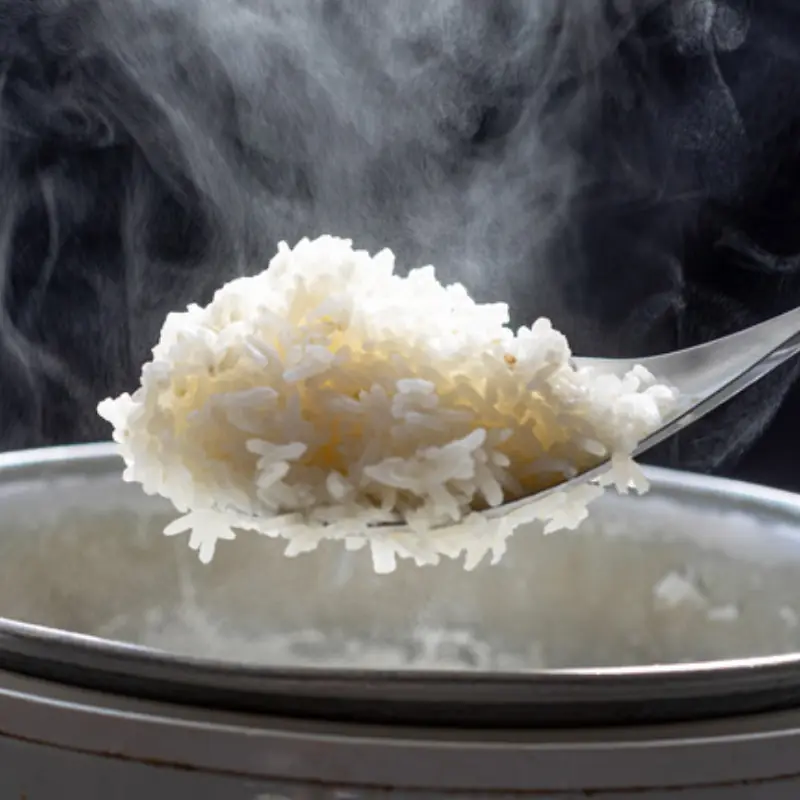
When Buying Pork Blood Pudding, Smart Shoppers Only Need to Check These 3 Points to Instantly Tell If It’s Real or Fake
Pork blood pudding (also known as blood curd or “tiết lợn” in Vietnamese cuisine) is a popular ingredient in many traditional dishes. Rich in iron and often praised for its unique texture, it's commonly served in soups or eaten with herbs and rice noodles. However, not all blood pudding sold at markets is genuine — and consuming fake or contaminated versions can pose serious health risks.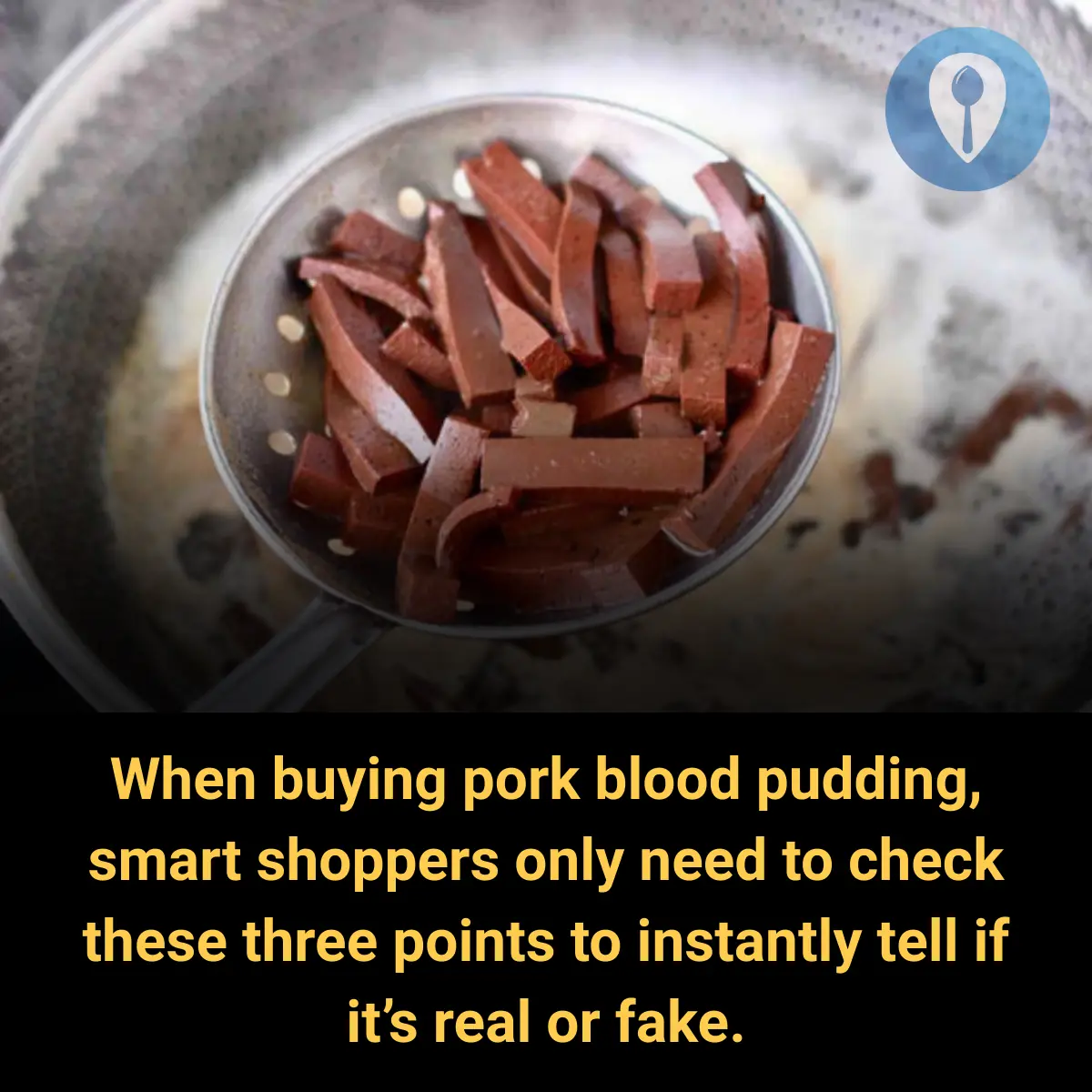
So how can you tell if the pork blood pudding you're buying is real? According to experienced shoppers and food experts, all it takes is a quick glance at three key details.
1. Color and Surface Texture
What to look for:
Real pork blood pudding has a deep reddish-brown color, with a smooth, slightly shiny surface once it sets. It should not look too bright, too dark, or oddly uniform.
Warning sign:
If the blood pudding looks grayish, too dark (almost black), or has unusual spots or patches, it could be fake or mixed with unsafe additives like dyes or starch. A dull, chalky appearance may also indicate that it's old or poorly stored.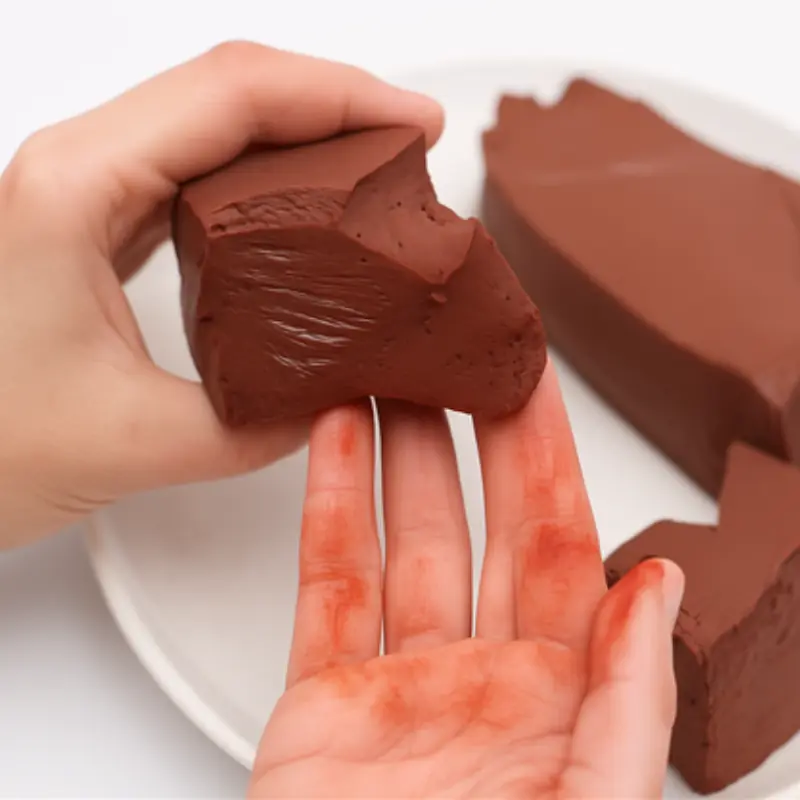
2. Smell
What to look for:
Fresh, real pork blood pudding has a mild, slightly iron-like smell, similar to fresh liver. It should not be overly pungent or off-putting.
Warning sign:
If it smells sour, metallic, or chemical-like, steer clear. Some fake versions are made with synthetic ingredients or pig blood mixed with unknown substances to create a similar texture.
3. Texture When Pressed
What to look for:
Gently press the pudding with your finger or a chopstick. Real pork blood pudding is slightly springy, soft, and should bounce back a little when pressed. It should not break apart too easily.
Warning sign:
If it's too firm, rubbery, or crumbles like tofu, it may have been mixed with starch or gelatin. These fakes often lack the subtle elasticity of genuine blood pudding.
Bonus Tip: Ask the Seller
Smart buyers also pay attention to the source. Ask the vendor how the pudding was made, when it was prepared, and whether it contains any additives. Reputable sellers won’t hesitate to give clear answers — vague or evasive replies could be a red flag.
Why It Matters
Fake or low-quality pork blood pudding can contain harmful chemicals, preservatives, or contaminated ingredients. Consuming such products may increase the risk of food poisoning, digestive issues, or worse. That's why it's crucial to know what you're putting into your body — especially with a product that spoils easily.
News in the same category

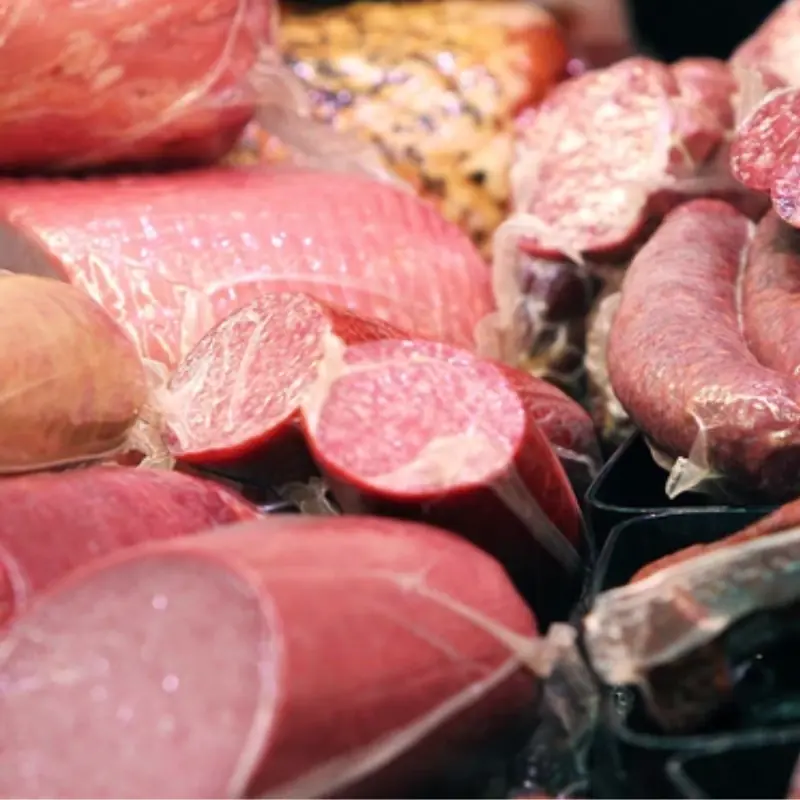
This “Highly Nutritious” Meat May Raise Heart Disease Risk by 26% — And Also Increase Cancer and Diabetes Risk
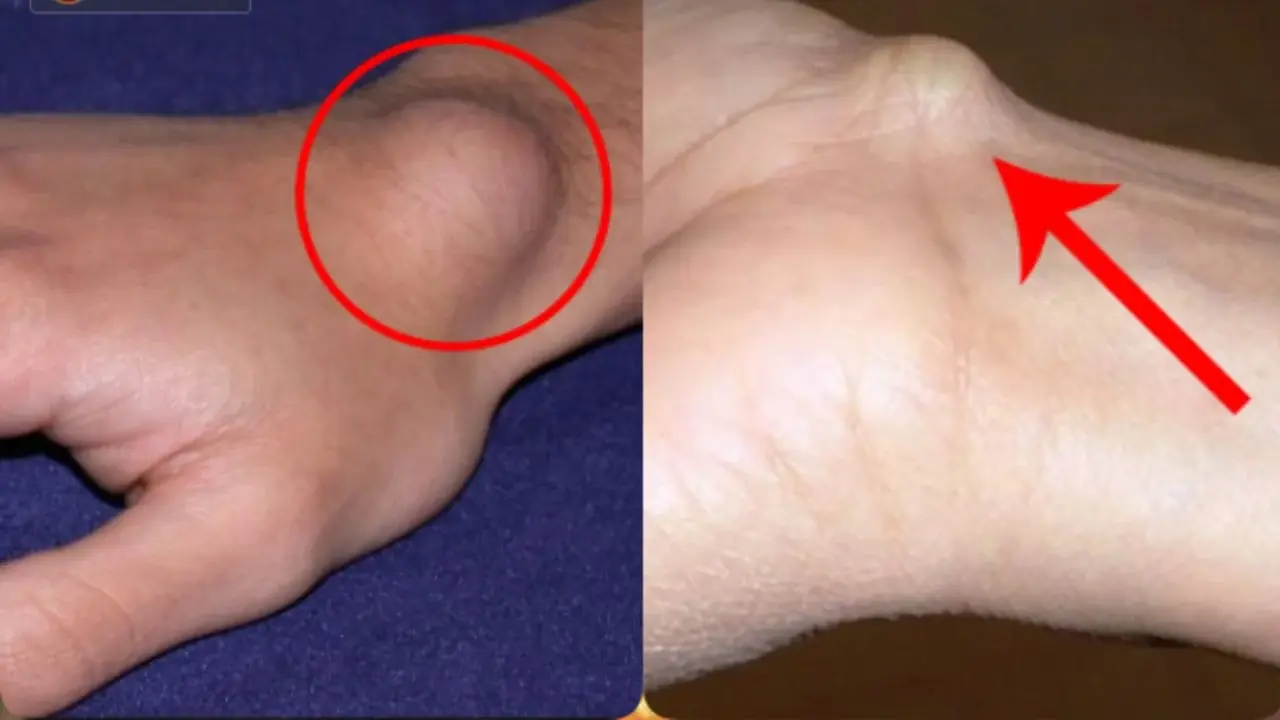
Waking Up With These 4 Morning Symptoms Could Mean can.cer Cells Are Silently Attacking Your Body
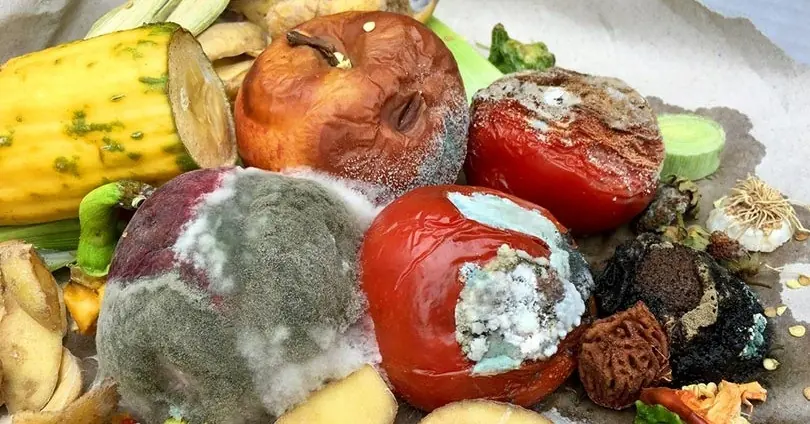
Is Moldy Food Still Edible If You Just Cut Off the Mold? Warning Signs Not Everyone Recognizes

Even an Iron Li.ver Can’t Handle These 3 Common Breakfast Habits: Worse Than Skipping Meals!
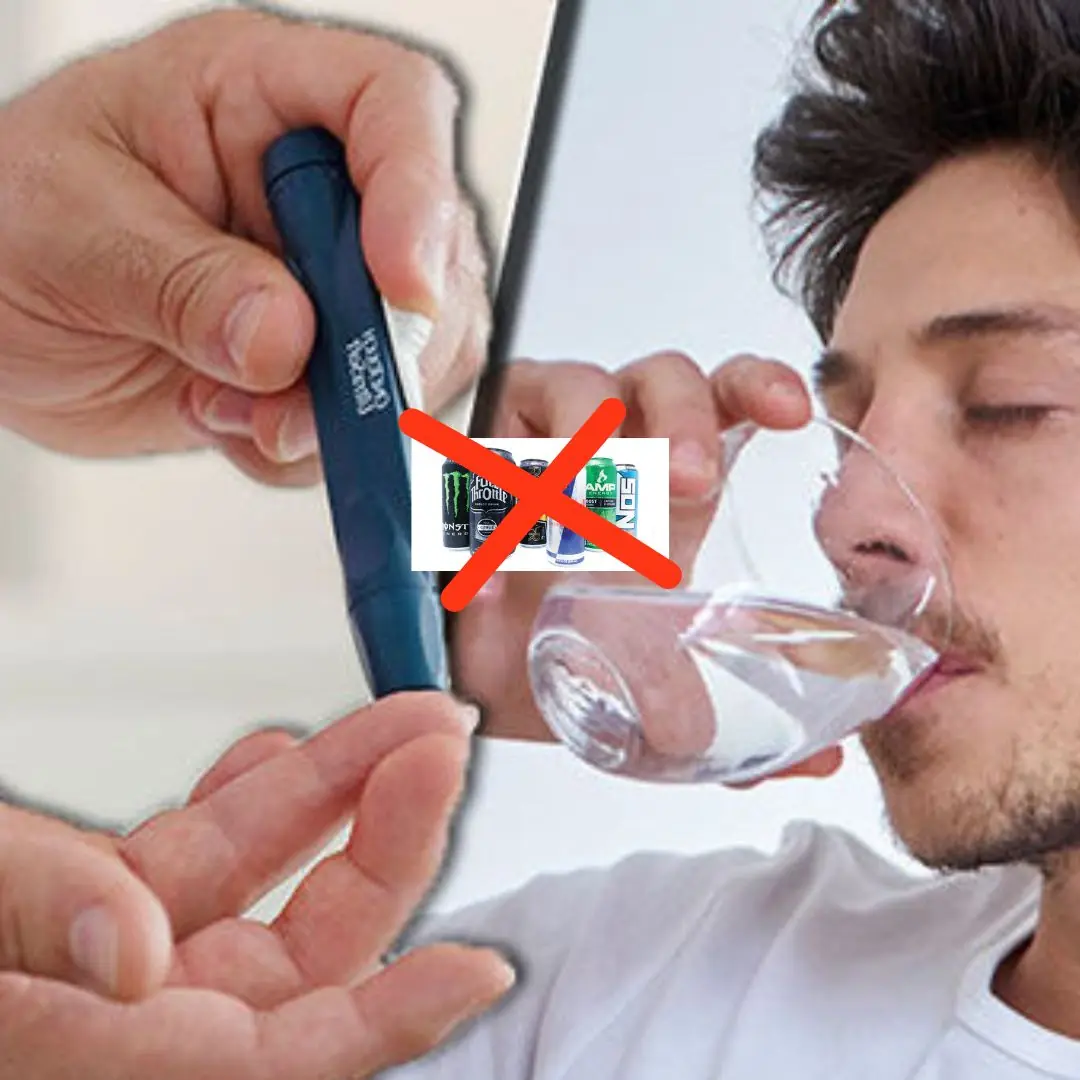
5 types of water that people with diabetes should avoid
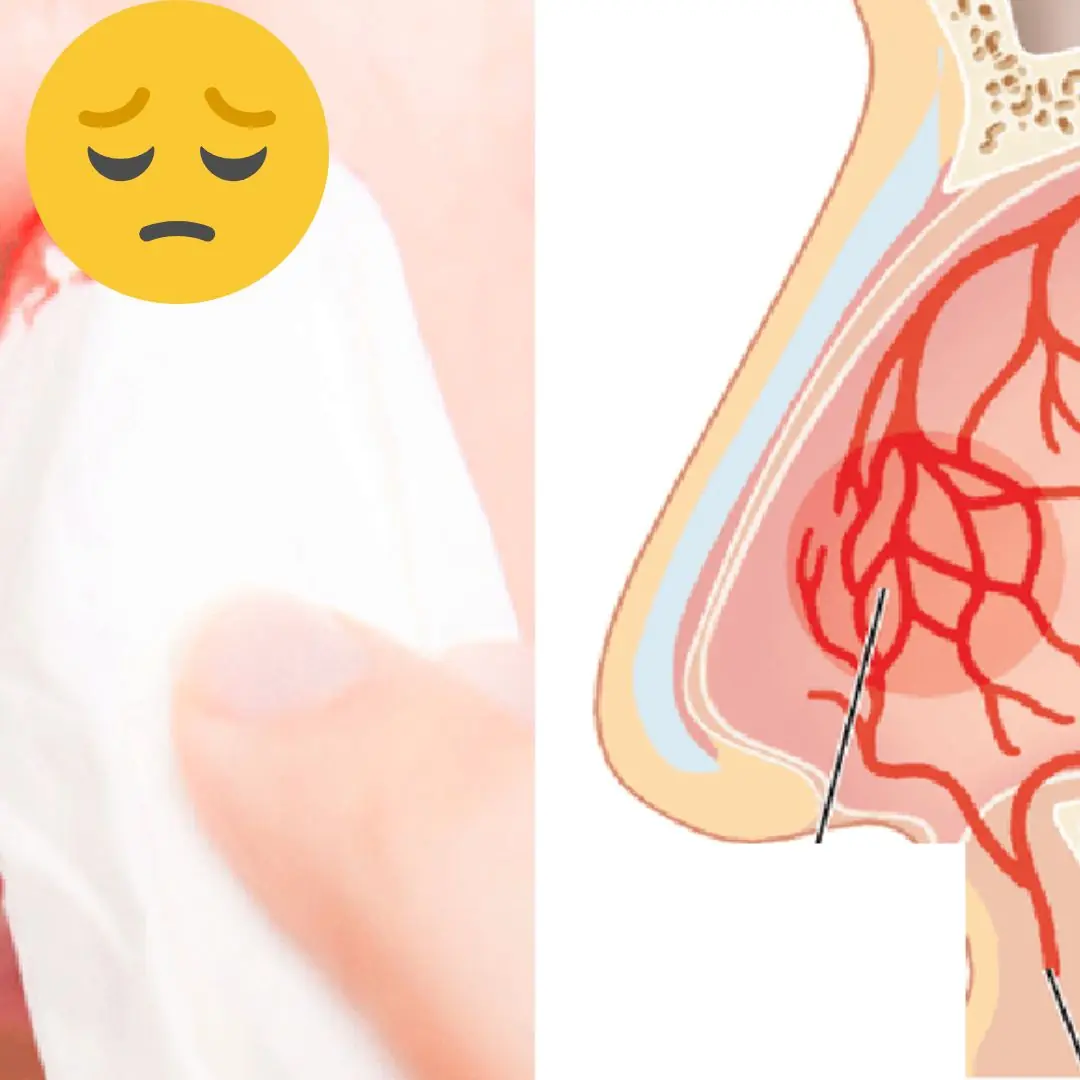
What are the symptoms of no.seble.eds and when should you see a doctor?
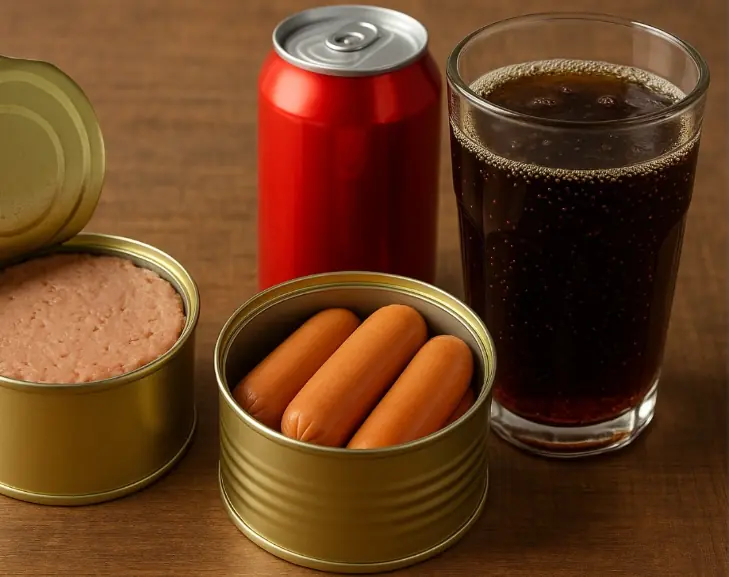
5 common foods that ha.rm your li.ver

5 Eye Symptoms That May Signal Your Li.ver Is Crying for Help – Women, Don’t Ignore These if You Want to Stay Healthy Every Day
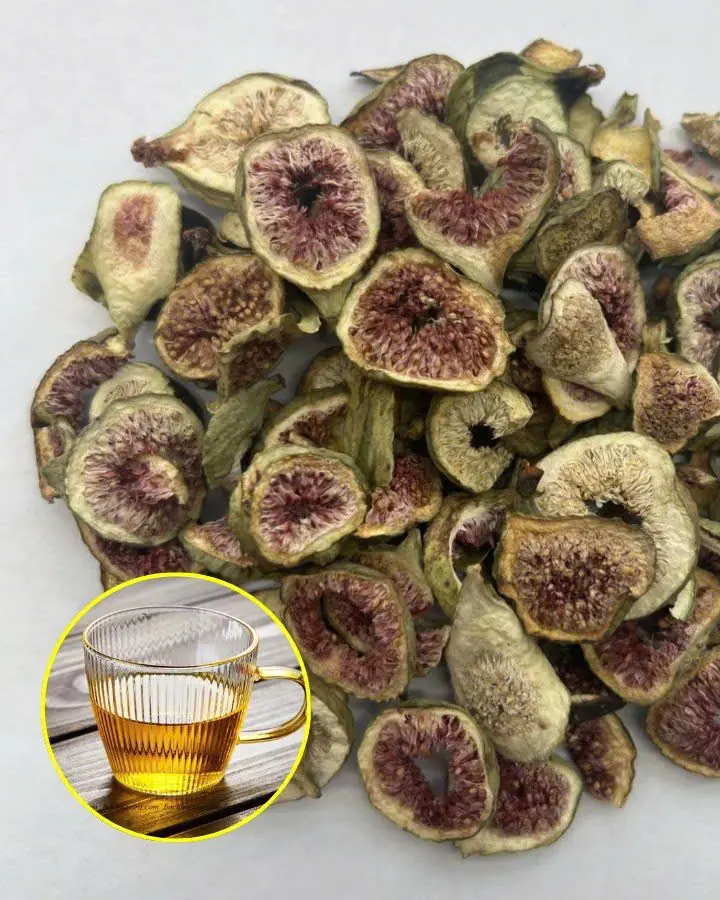
Dried fruit becomes "tonic" Drink water every day to live healthy and long
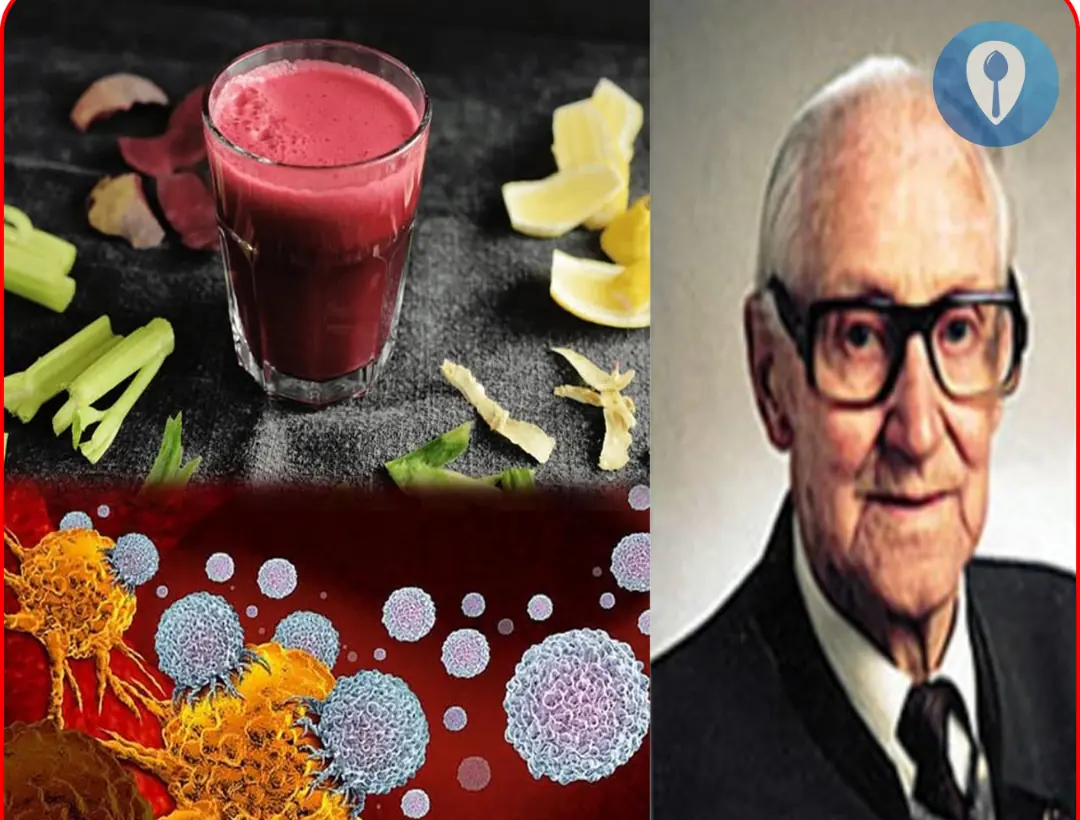
Ca.nc.er cells destroyed in 42 days with a glass of juice has been successful
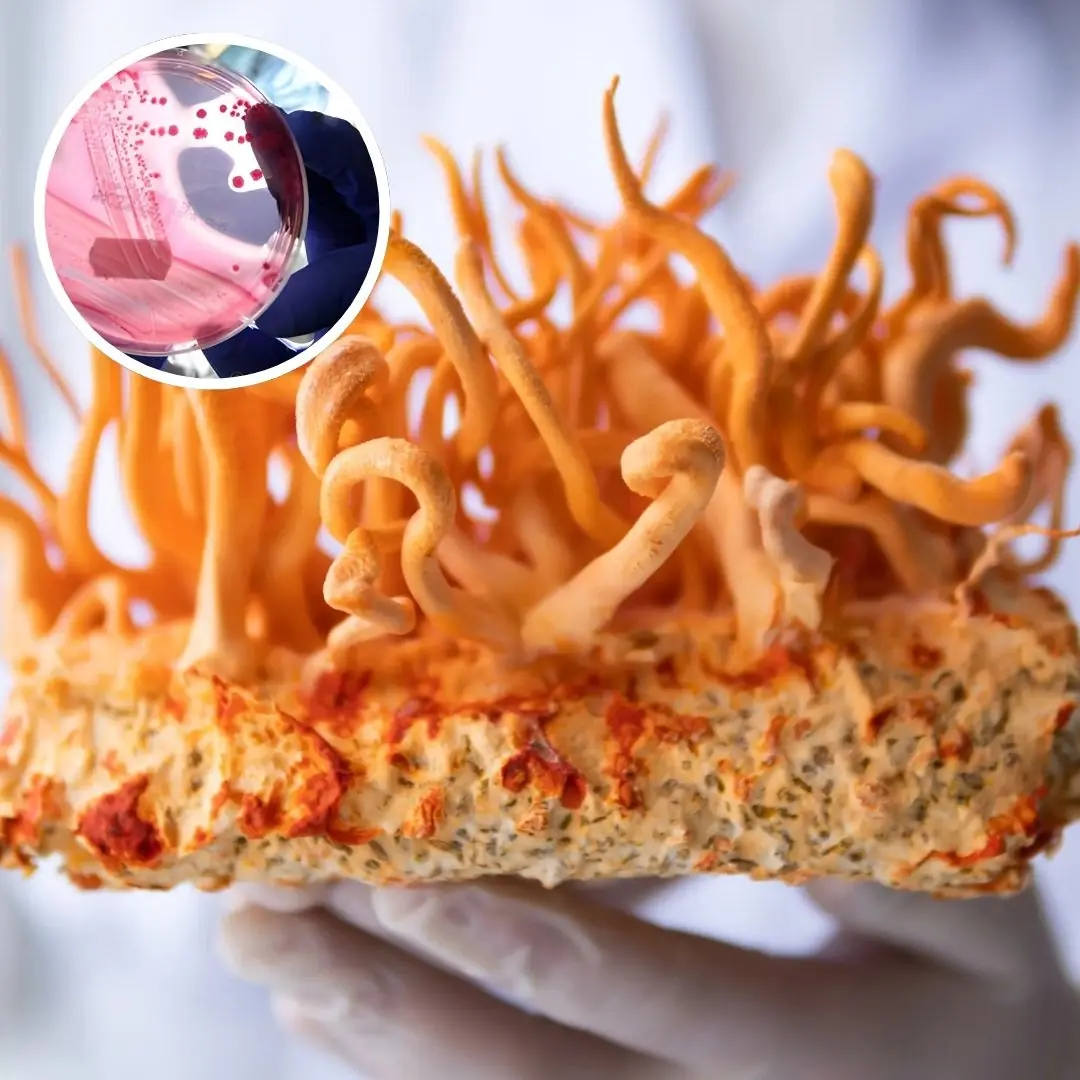
Himalayan fungus compound tweaked for 40x anti-c.a.n.cer boost, Scientists Say

8 Early Warning Signs of Sto.mach Can.cer: See a Doctor If You Have Even One

101-Year-Old Nutrition Professor Shares 7 Rules for Longevity and Health — Still Drives Around the World by Himself
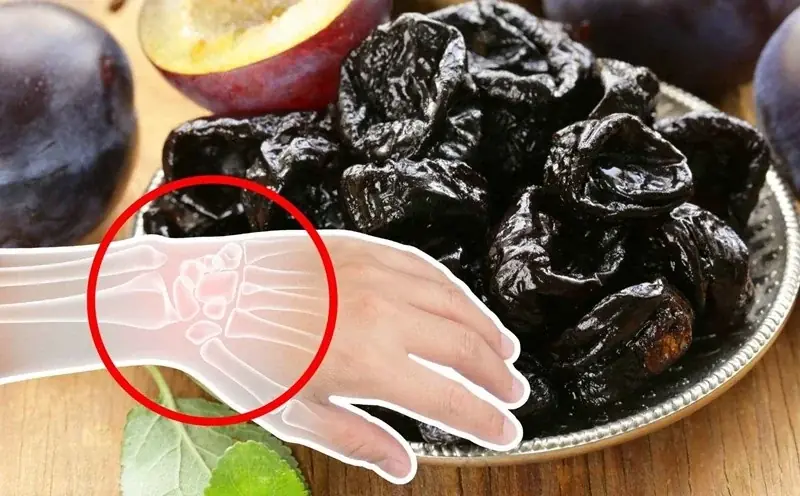
The More You Drink, the Weaker Your Bones: 3 “Silent Kil.lers” That Drain Calcium from Your Body

The Hidden Culprits Behind Osteoporosis: 3 Popular Beverages You Should Watch Out For
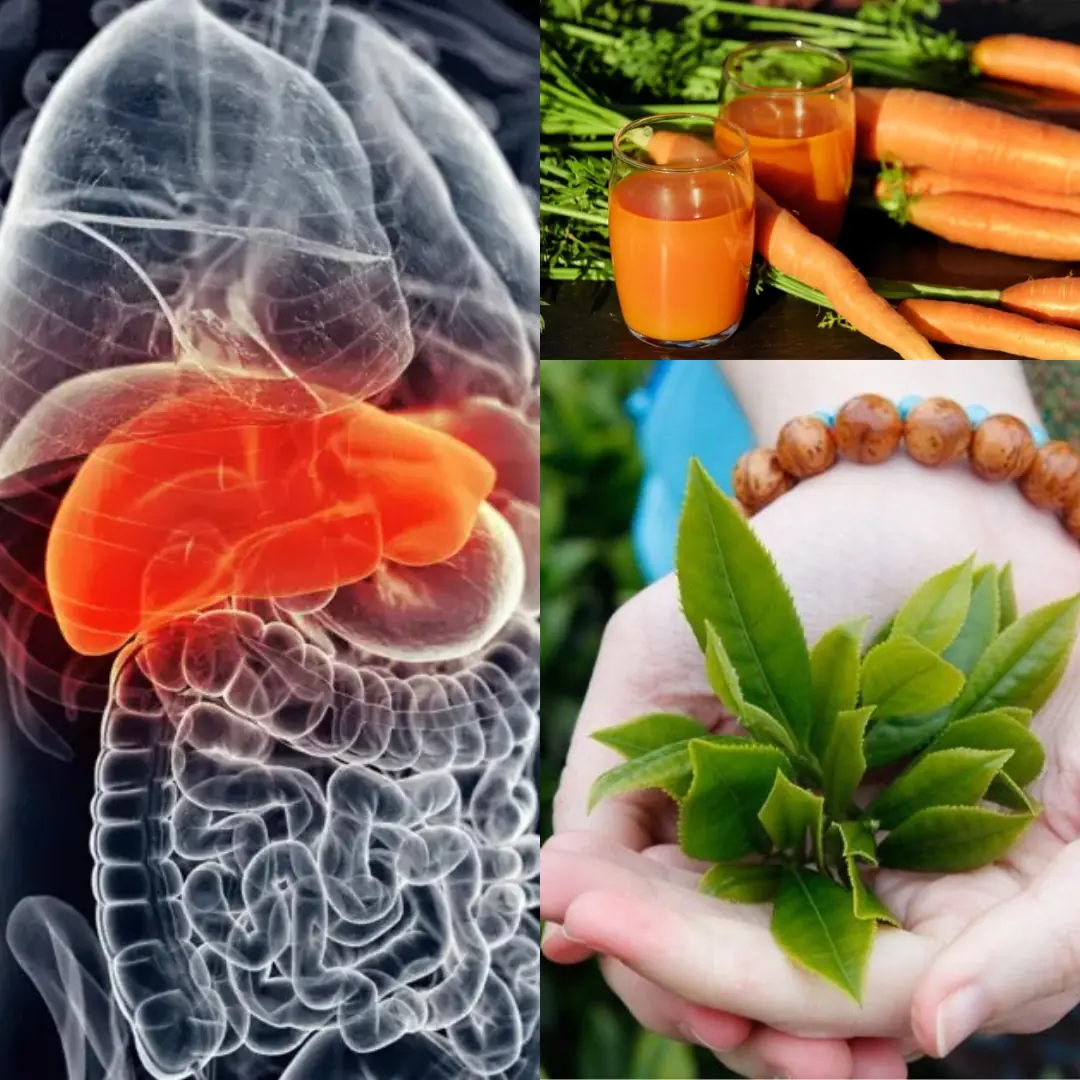
9 drinks that can naturally reduce liver fat in just 2 weeks
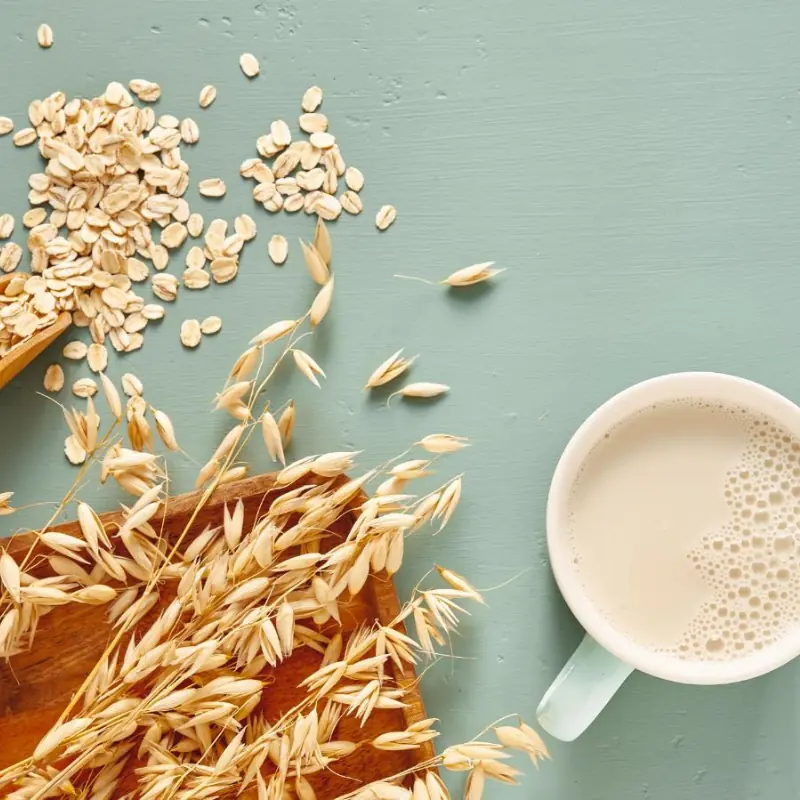
Prevent Bad Blood Fats from ‘Flooding’ Your Bloodstream by Drinking This Highly Beneficial Beverage

Doctors Warn of Alarming Health Risks of Sleeping with a Fan On During Hot Weather
News Post
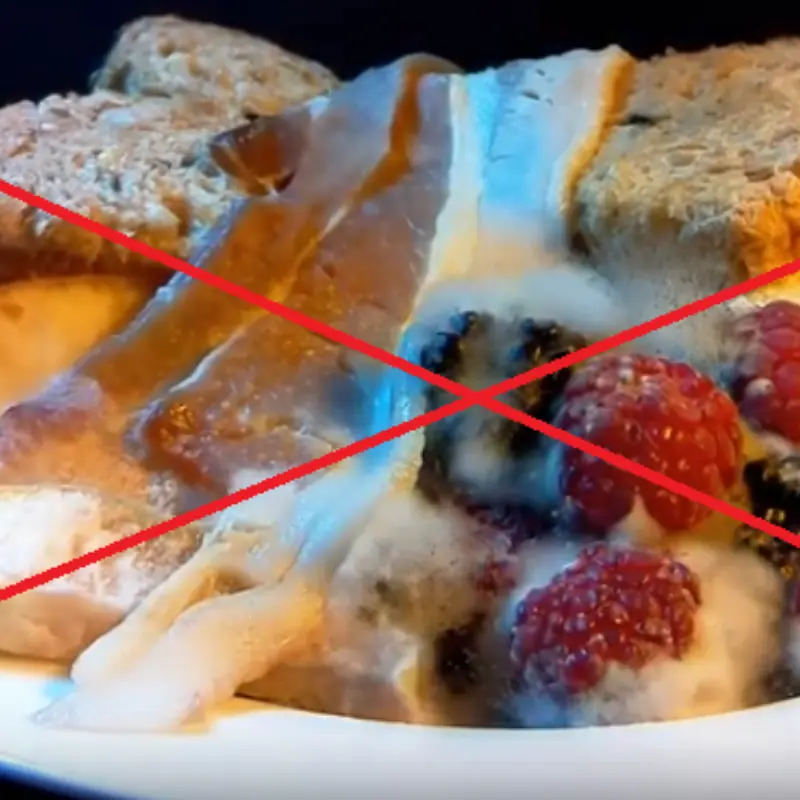
Don’t Throw Away Spoiled Fruits — Keeping Them Can Still Offer Many Benefits
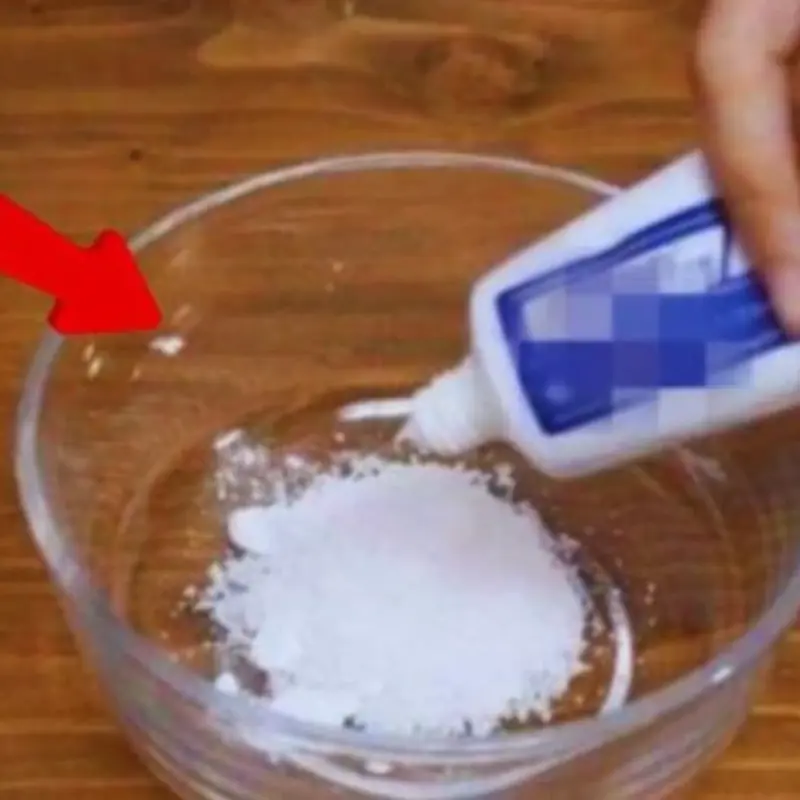
Mix Toothpaste with This and Be Surprised: Old, Moldy Faucets Shine Like New After Just 5 Minutes of Light Cleaning
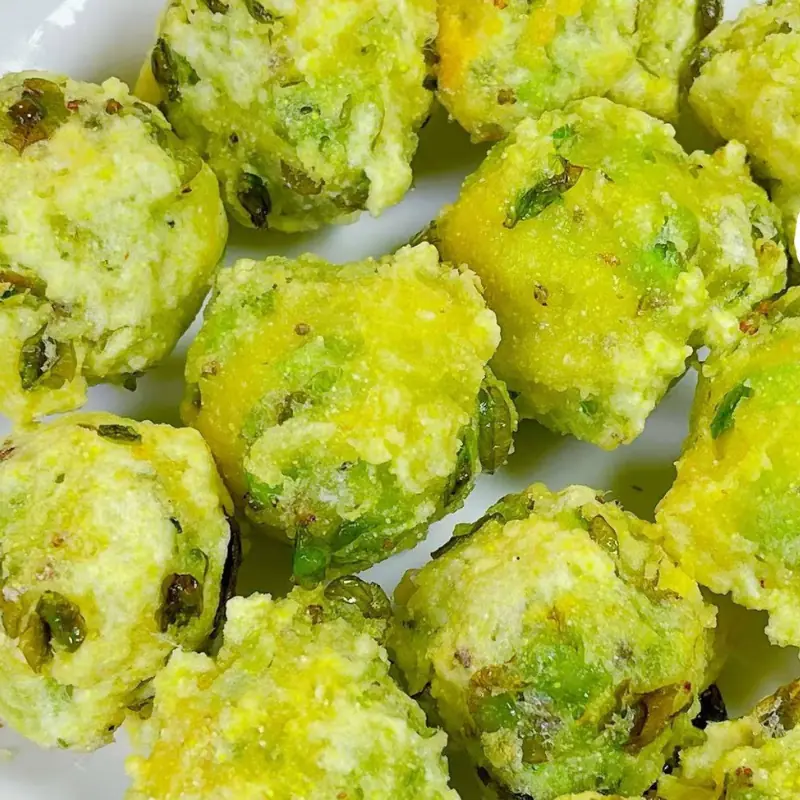
A Wild Vegetable Sweeter Than Mustard Greens, Free of Oxalic Acid, and Excellent for Cooling the Liver and Relieving Heat
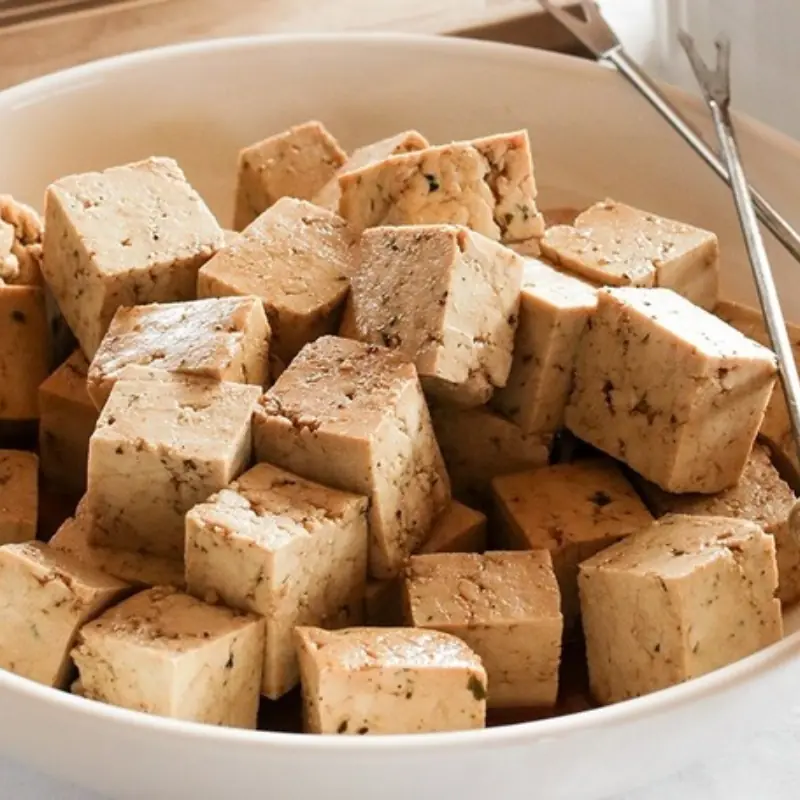
The "National Dish" That's Incredibly Gentle But a "Nightmare" for People with Kidney Stones
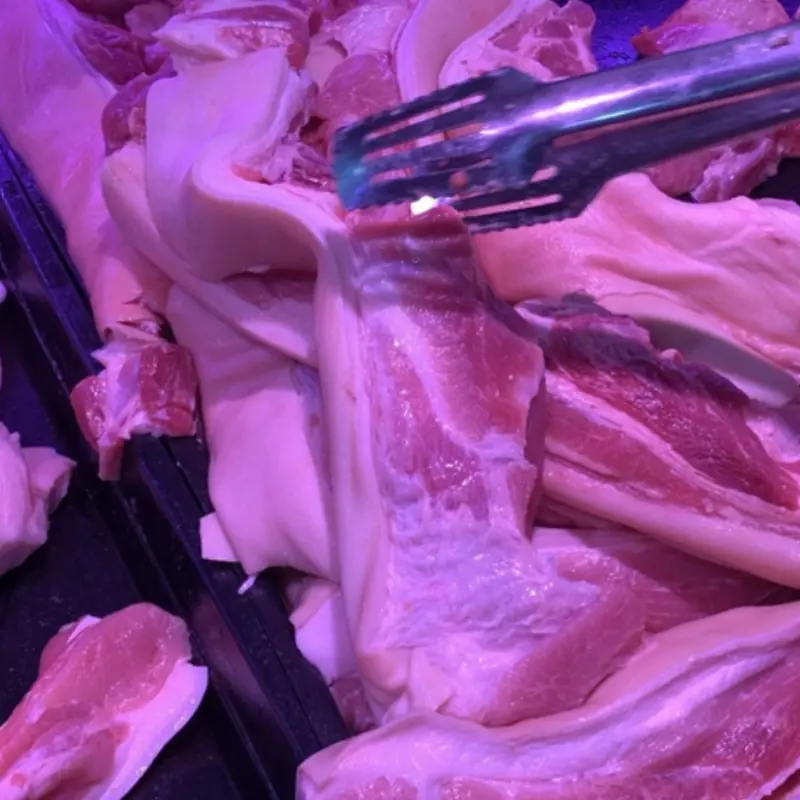
If You See These 5 Types of Pork at the Market—No Matter How Fresh or Cheap They Look—Don’t Buy Them

Warning: A critical mistake when eating rice could be fatal!

This “Highly Nutritious” Meat May Raise Heart Disease Risk by 26% — And Also Increase Cancer and Diabetes Risk

Waking Up With These 4 Morning Symptoms Could Mean can.cer Cells Are Silently Attacking Your Body

Is Moldy Food Still Edible If You Just Cut Off the Mold? Warning Signs Not Everyone Recognizes

Even an Iron Li.ver Can’t Handle These 3 Common Breakfast Habits: Worse Than Skipping Meals!

5 types of water that people with diabetes should avoid
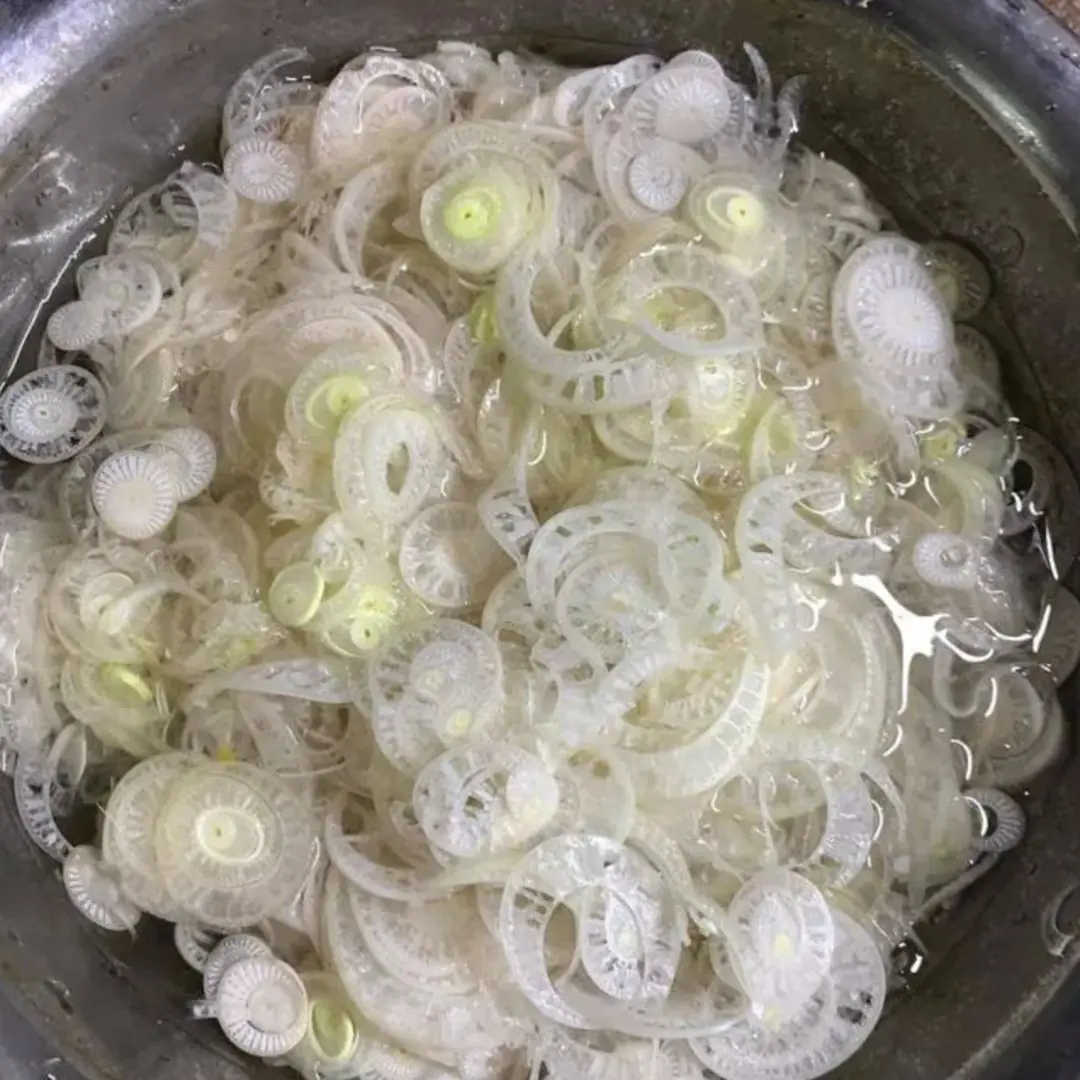
Even though it's simple to eat, homegrown vegetables are both cleaner and healthier than vegetables from the market!
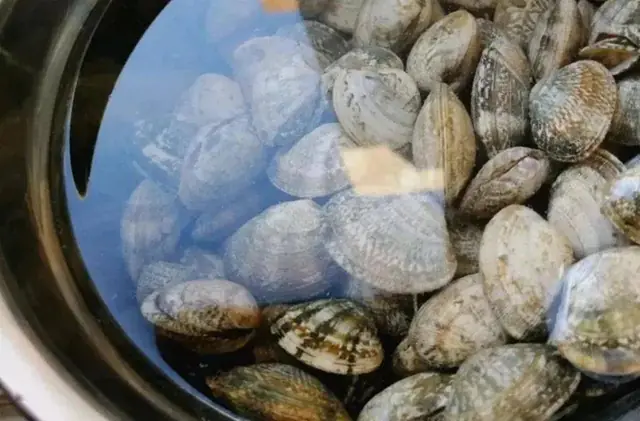
Washing Clams and Shellfish: Some Use Chili, Others Use Wine — All Wrong! A Seafood Vendor Taught Me This Truly Effective Trick
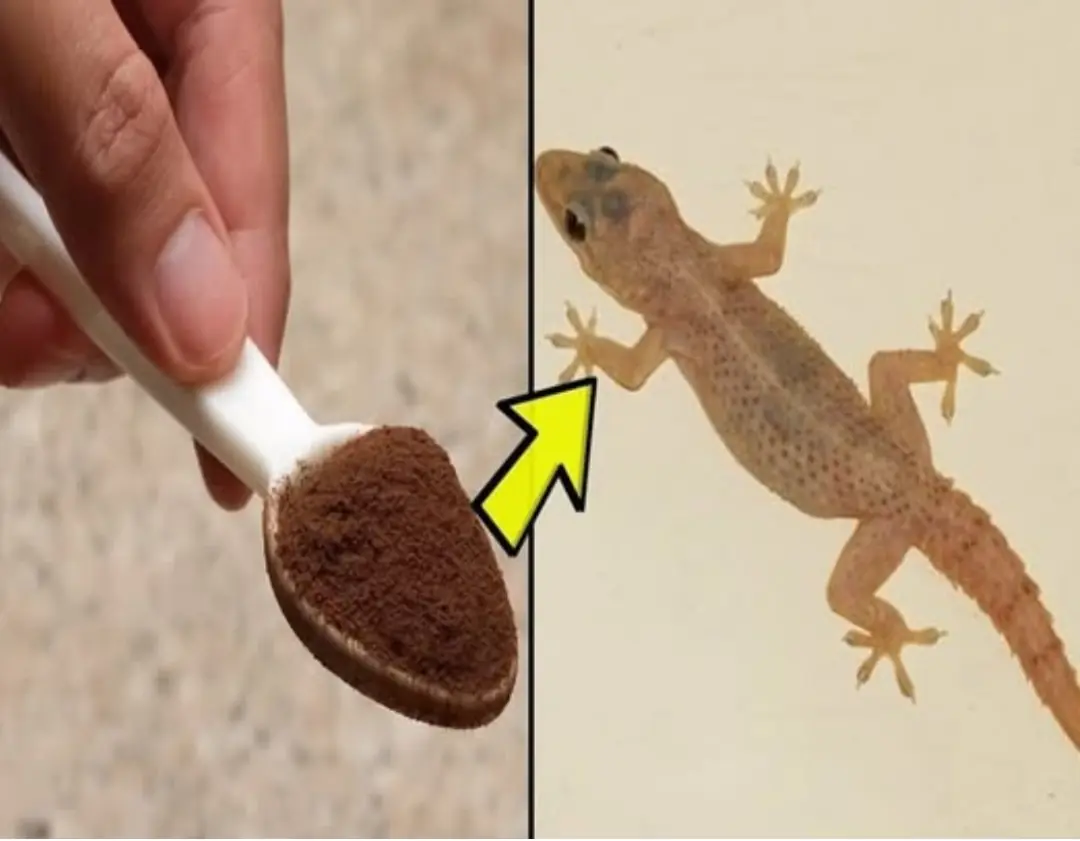
Too many geckos in the house, here's a little trick to make them 'go away and never come back'
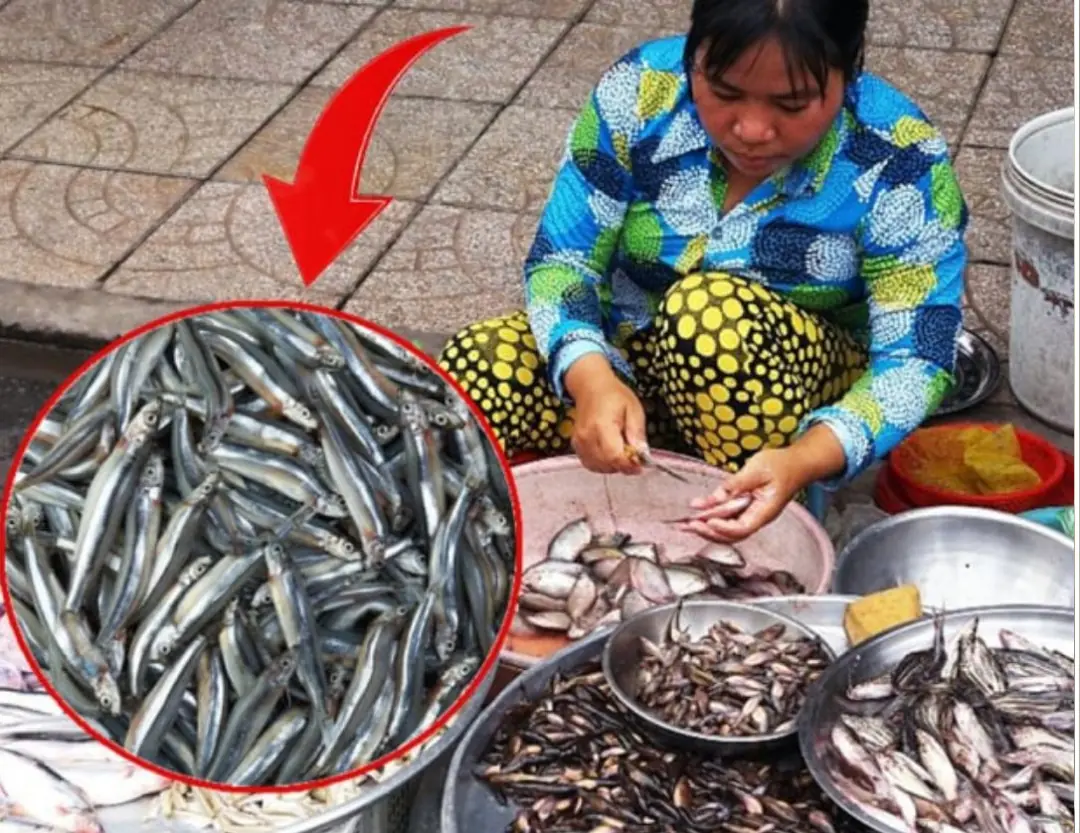
Going to the market, if you see these 7 types of fish

No matter how small your house is, don't place the headboard like this or you'll regret it

Why you shouldn't wear shorts or short skirts when flying
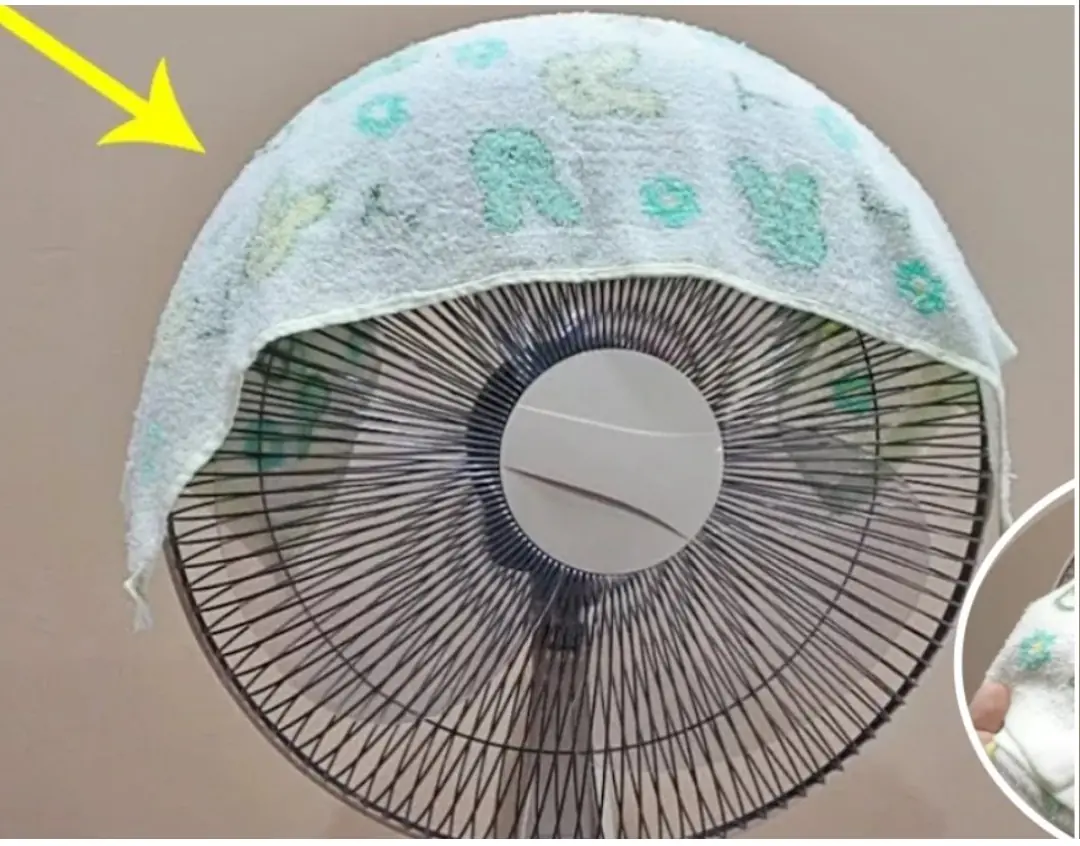
Covering a towel on an electric fan, a useful tip that cannot be missed in the summer
